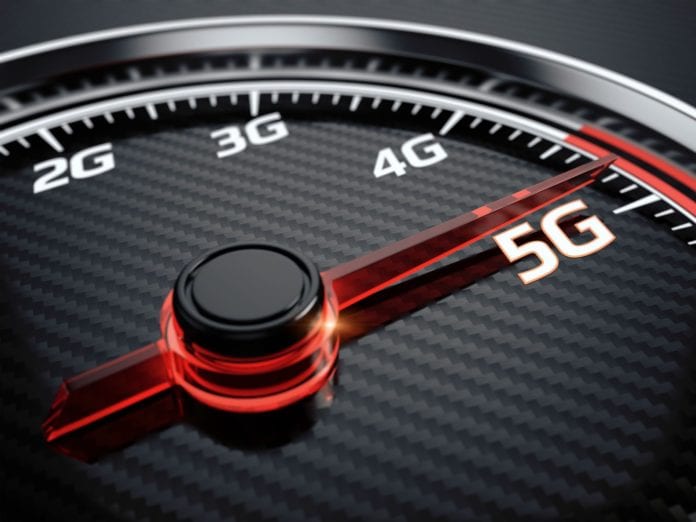Millimeter wave spectrum provides the kind of capacity that 5G promises, but it comes with tricky propagation characteristics. Right now, particularly in the U.S., operators are tapping millimeter wave spectrum for 5G fixed wireless access deployments with the two-fold aim of providing pre-standard 5G commercial service–think ultra fast home broadband–and to gather key learnings that can inform future use of millimeter waves for mobile services.
As it stands, anything from foliage variation to construction material can impact the radio link quality of a millimeter wave transmission. So, if that’s the case, you can imagine how a millimeter wave connection to a mobile device presents a challenge; as a person walks or moves their body, the signal could be impacted.
In an effort to help mobilize millimeter wave, compatriot operator and vendor KDDI and Samsung recently demonstrated a high-band connection between 5G base stations and a vehicle moving around a racetrack at speeds exceeding 190 kilometer per hour. The testing focused on handover, stability on the downlink and uplink, and latency. The partners successfully handed over a connection between a mobile device and a base station with the vehicle moving at 192 kilometers per hour.
Samsung SVP and Head of Next Generation Strategy in Networks Business Woojune Kim said the end goal is to “help us build a more diverse portfolio of future 5G use cases. Until now, peak bandwidth has been the common refrain, and certainly a big component of the future of 5G.”
KDDI is considering target use cases including smart city technologies and connected vehicle-related services. KDDI Senior Director Akira Matsunaga said, “The trial successfully showcased stable performance under high-speed mobility conditions which will dramatically increase the service experience of users in vehicles. We will continue our joint efforts with Samsung to test next generation technology to unprecedented levels and discover new service cases.”

